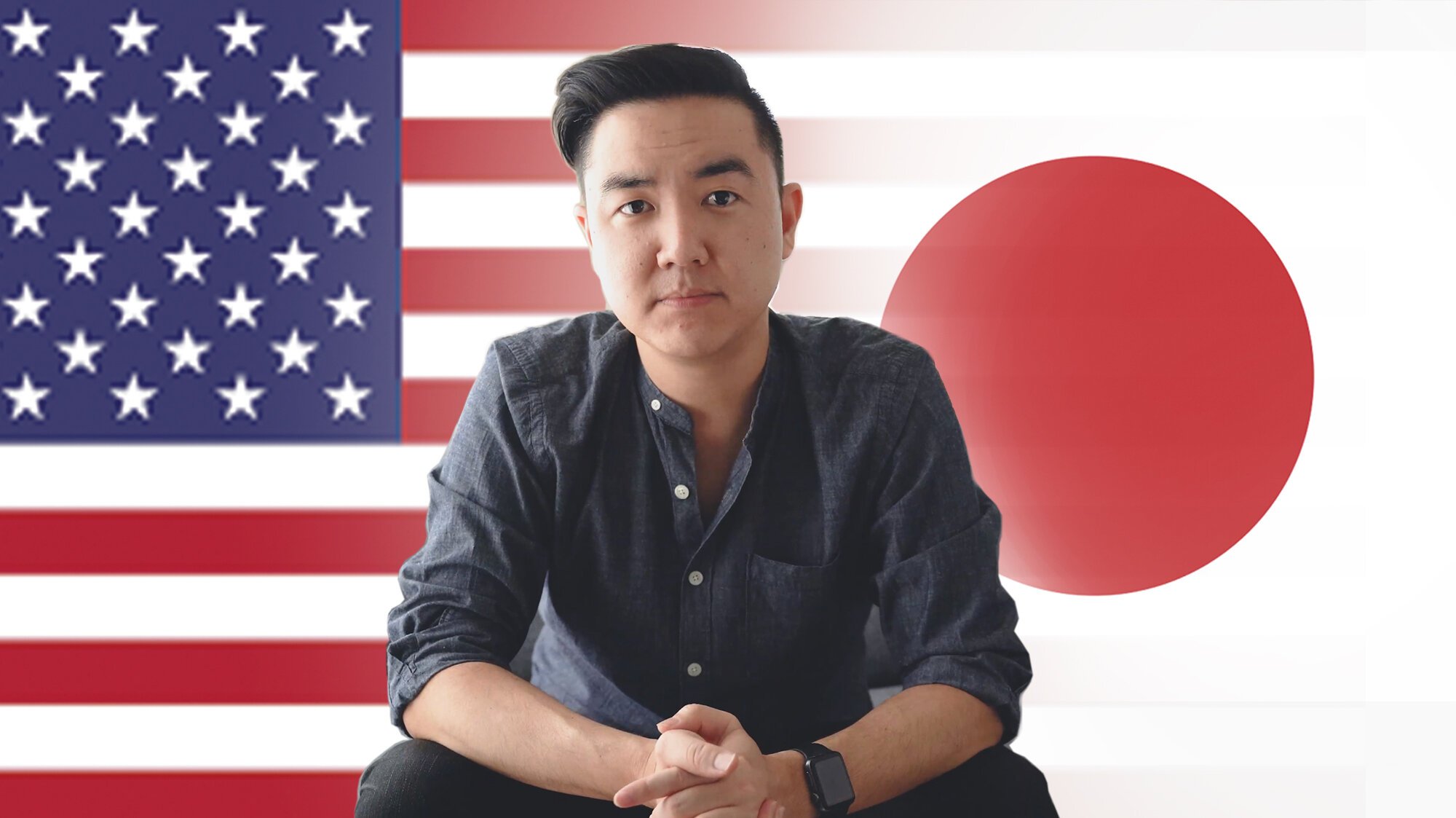Why Moving Back May Be Hard After Living Abroad
Here are some common challenges American expats may face when moving back to the U.S., based on my personal experience.
New Year’s Differences: Japanese vs Japanese-American
Here’s how Japanese in Japan and Japanese-Americans in Hawaii celebrate Japanese New Year’s differently.
Japanese-Americans: 4th vs. 2nd Generation
A conversation revealing differences between 2nd and 4th generation Japanese-Americans.
The Japanese Versions of Hawaii Snacks
There are many Japanese-influenced snacks in Hawaii. Here are the Japanese versions of them and their histories.
Living in Japan as a Japanese-American
My experience living in Japan as a Japanese-American, both in the countryside and in the city.




